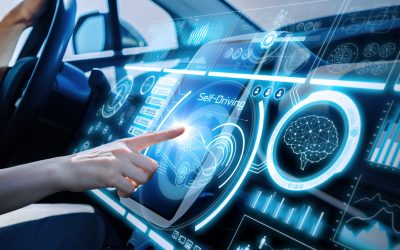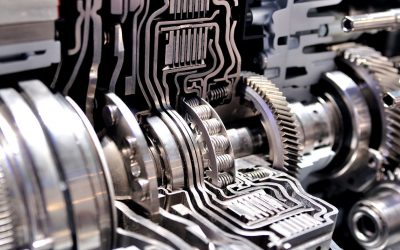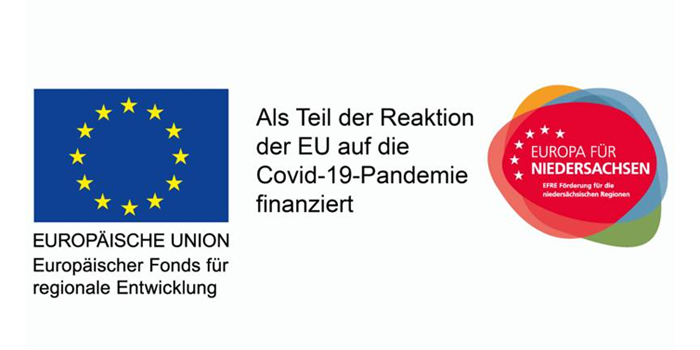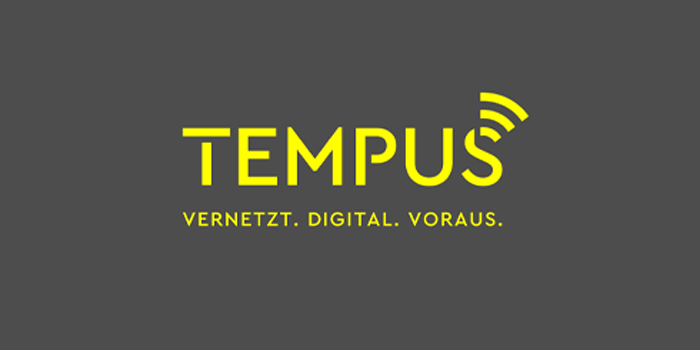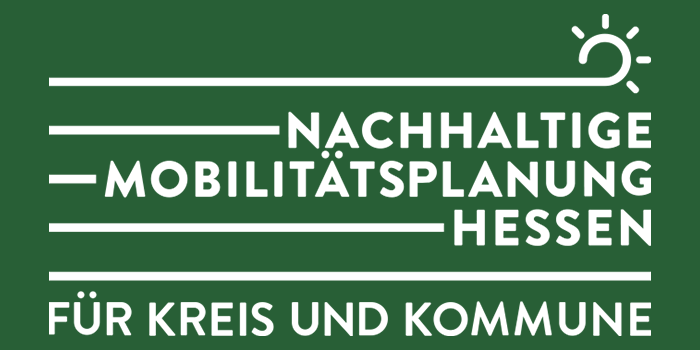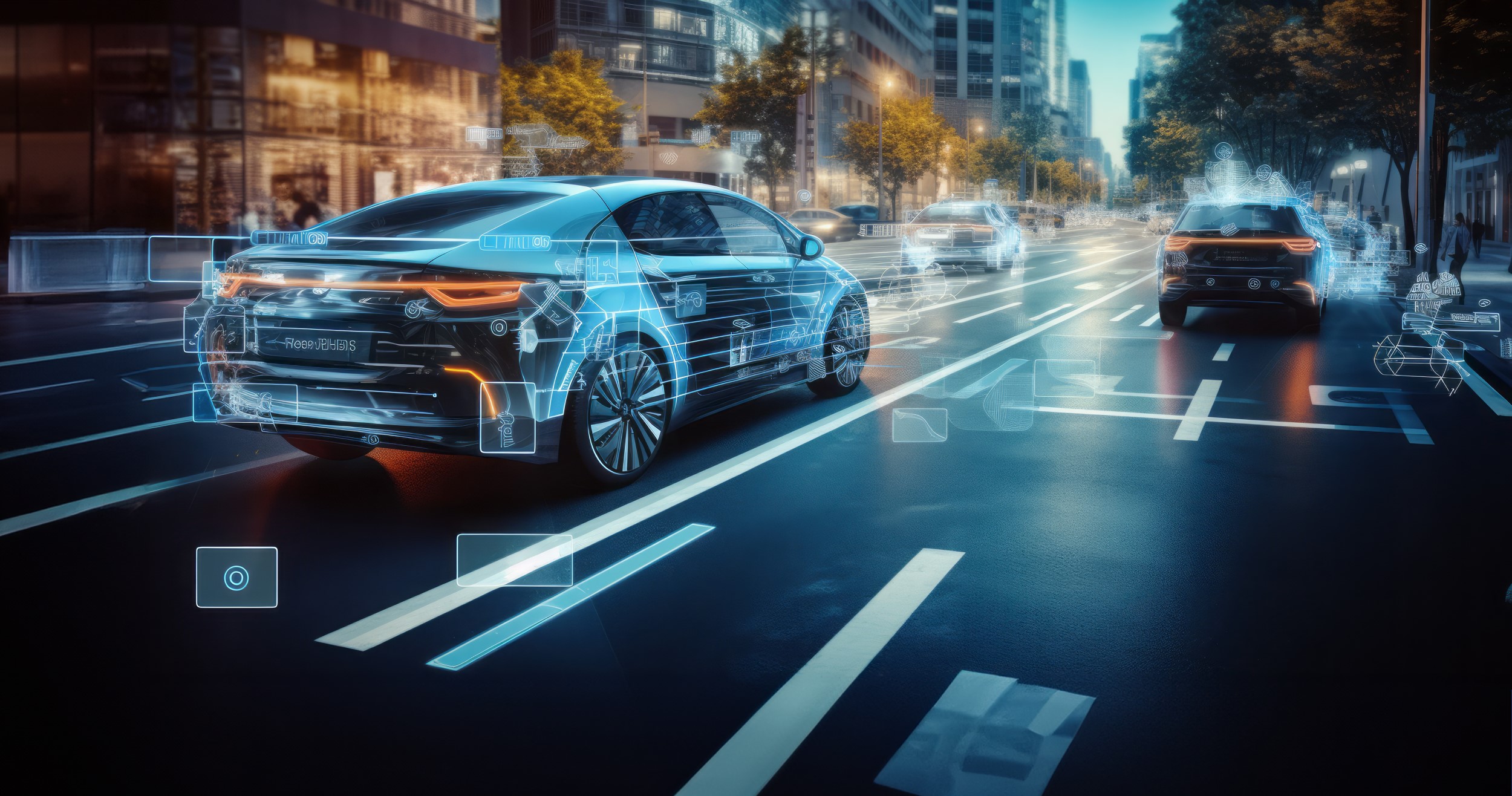
Mobility
The mobility of people and goods has changed drastically in recent years. The reasons for this include new production processes, changing population structures in rural regions, consumer behavior and new communication channels in business life. Digitalization plays a dual role here: on the one hand as a driver of certain developments and on the other as a platform for the implementation of mobility innovations. Today, sustainable regional development must consider multimodal mobility and Mobility-as-a-Service (MaaS), plan the transport infrastructure with foresight and take into account the various needs of stakeholders as well as the topic of energy.
aconium GmbH makes this its goal. We analyze the current situation and regional potential and develop effective, tailored mobility offers – even when it comes to implementing solutions for population groups that have had little mobility to date. A central role here is played by the combination of country- and transport mode-specific expertise for the use of target group-specific, innovative offers that fit into the European legal framework.
The use of geographic information systems (GIS) is helpful here, which can also be used in cooperation projects to analyze Europe-wide spatial data and create scenarios in order to develop recommendations for action for program development and crisis management.
Contributions on the topic of mobility
New Publication Series “Digitalisation and Mobility” – First Article Deals with Sensor Technology on Vehicles
In the newly launched series of publications by aconium GmbH, entitled "Digitalisation and Mobility", specialist articles are published that take an interdisciplinary approach to the digital development and transformation of mobility. Contributions will be published...
Transport and Environment” series: New article explains hydrogen and fuel cell technology
© krasnikova/shutterstock.com In view of the increasing energy requirements of the economy and the growing world population, alternatives to fossil fuels are crucial for reducing CO2 and pollutant emissions. The use of hydrogen as an energy source and the use of fuel...
Publication series “Transport and Environment” series: New article compares alternatives to the combustion engine
© loraks/shutterstock.com Alternative drive systems for vehicles are key to reducing noise and greenhouse gas emissions and are therefore an important component in shaping the mobility of the future. A new article from aconium GmbH's publication series "Transport and...
Mobility projects
The program is aimed at municipalities significantly affected by the corona pandemic, which have been allocated a reserved budget by the managing authority ERDF and ESF in the emergency program …
The aim of TEMPUS is the realistic testing of automated and networked vehicles (AVF) for motorized and non-motorized private transport (IV) as well as public transport.
The action plan developed by the state of Hesse as part of e-smartec aims to strengthen participation processes as part of mobility planning procedures and …

